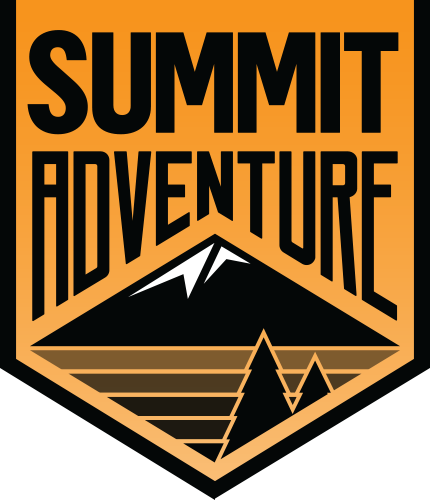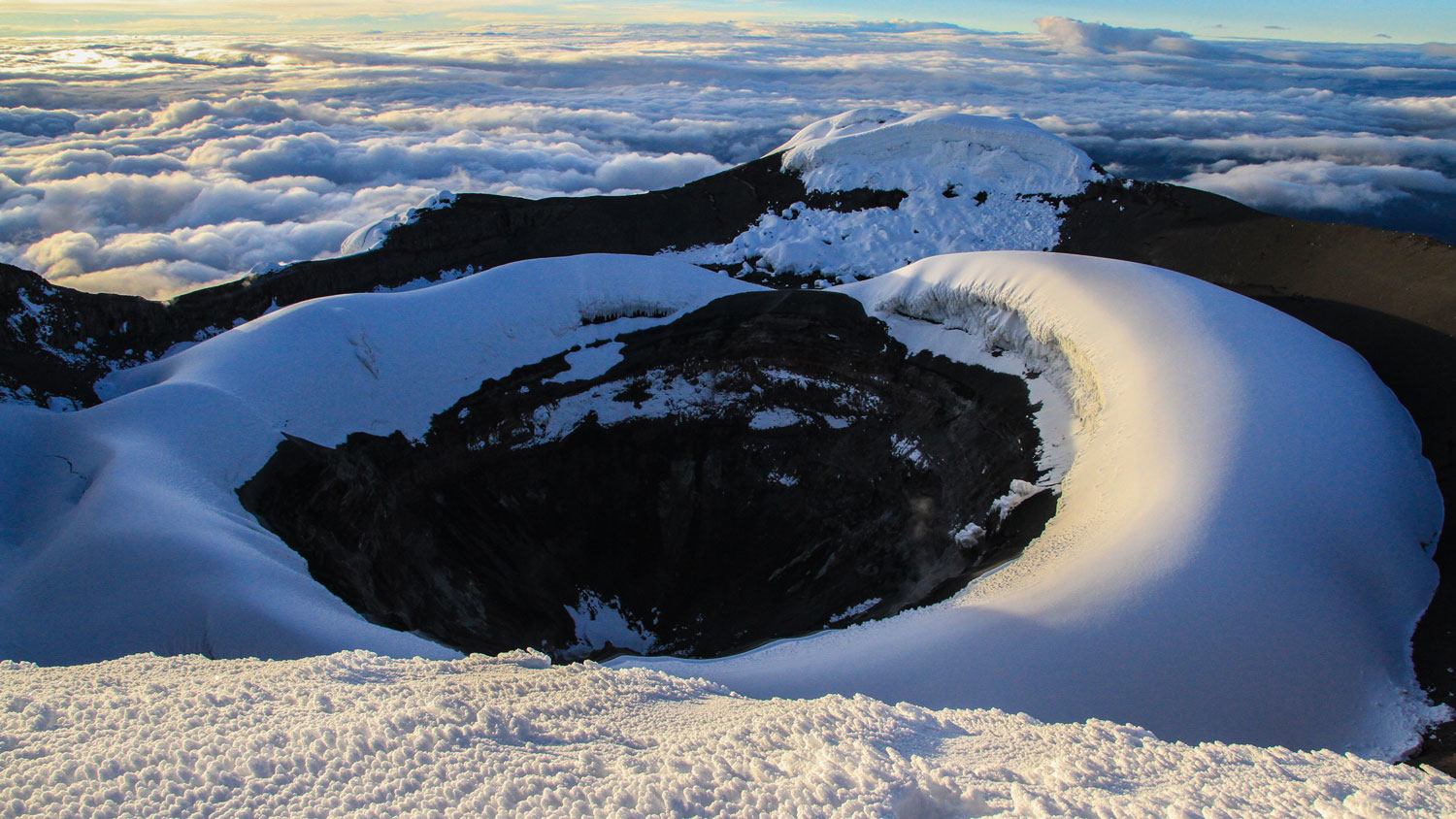[dropcap style=’box’]P[/dropcap]hil, I have to turn around.”
At 19,000 feet on Cotopaxi in the Andes Mountains of Ecuador, we could see the summit and smell its volcanic sulfur. Physically, I was strong, but emotionally, I was drained and frightened. After rounding a 60-foot ice column, a nightmarish fear came from out of nowhere, and its shock overtook me, shattering the thin veneer of swagger I had been carefully building since our first day in country.
In mountaineering, like many things in life, attitude can make or break the effort. And when fear called my name, it came on so powerfully that I could not keep climbing. My climbing partner, Phil, tried to cajole me into continuing. “Just a little farther,” he pleaded, but I was done. So we turned around—400 feet short of the summit.
Navigating down past crevasses that could swallow a semi-truck whole, I vividly remembered a friend’s story of how his father had folded over and died of a heart attack right before his eyes. My friend, just 12 years old at the time, spent the next 10 years trying to overcome the trauma. As we worked and lived closely together at Summit Adventure, I noted that in some very significant ways, he still struggled with his dad’s death. I watched him thrash and kick against the finality of that event. Apparently, something about it stuck in my own brain–how horribly unfair it was that he had to work through such devastating loss.
Navigating down past crevasses that could swallow a semi-truck whole, I vividly remembered a friend’s story of how his father had folded over and died of a heart attack right before his eyes.
During our three-hour descent, I started to realize why I had been experiencing the same dreams every night since I arrived in Ecuador. They varied slightly but always featured the same theme: if I died on this trip, my boys would have to live without a father just like my friend from Summit Adventure long ago. These dreams revealed the fear percolating inside my unconscious mind.
Crossing our last tiny snow bridge, I felt heartbroken to think this fear cost us the summit. But as we reached the hut, I was also flooded with feelings of safety and the joy of returning to my family.
In the days that followed, I began to sort out what the fear on Cotopaxi finally meant.
I recalled that Justin, my oldest son, had just turned 12, three months before I left for Ecuador. At the time, I had no inkling that his 12th birthday would ignite fears held dormant for 15 years. What became clear was that climbing mountains was not nearly as important as being a loyal, devoted, and fully present father.
From that trip, I realized that when fear pays a visit, it’s a wakeup call to take a deeper look at things in life. An overwhelming, paralyzing sort of fear got me to fully acknowledge how difficult life would be to grow up without a dad. That realization makes for difficult choices. I am, after all, still climbing mountains as part of my job.
From that trip, I realized that when fear pays a visit, it’s a wakeup call to take a deeper look at things in life.
On Mt. Rainier, where I lead a course every summer, three of every 10,000 mountaineers die attempting to reach the summit, a degree of risk roughly comparable to the chance of dying in a bicycling accident. In other words, there is risk involved, but it’s considerably less dangerous than most people think.
When leading a course, I take great care to manage and minimize the risks that do exist. I use an old mountaineering adage to guide my decisions: “The only good climbs are the ones from which you get safely back home.” If that means turning back 400 feet from the summit because the conditions aren’t perfect, we’ll turn back.
The same sort of fear that I experienced on Cotopaxi has helped hundreds of fathers on Summit Adventure courses prioritize strengthening relationships with their own children. But I’ll never forget that their change in attitude only makes a difference if they make it home safely.
My own experience on Cotopaxi still pushes me to make consistent choices to spend as much time as possible with my children. And when options arise that could jeopardize this commitment, the fear that overwhelmed me high on a mountain peak calls again to remind me of my priorities.
Editor’s note- See Tom’s next blog on how to manage and minimize risks in mountaineering that applies to us back home as well.

